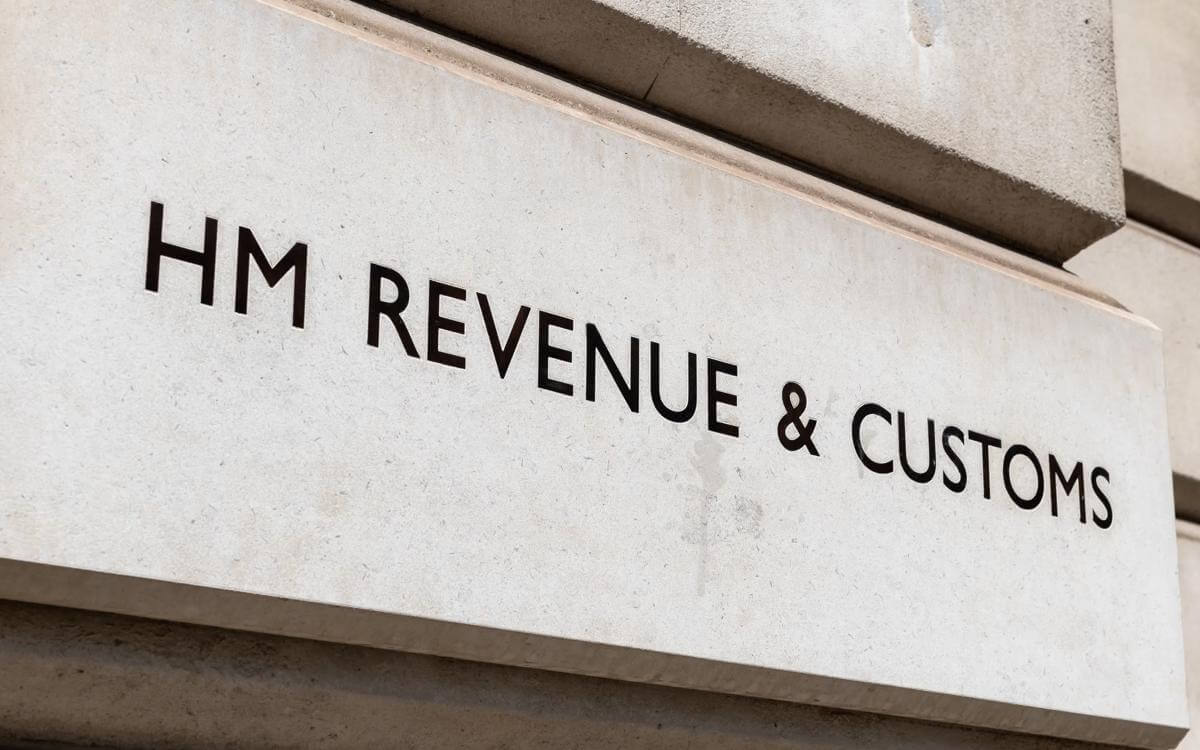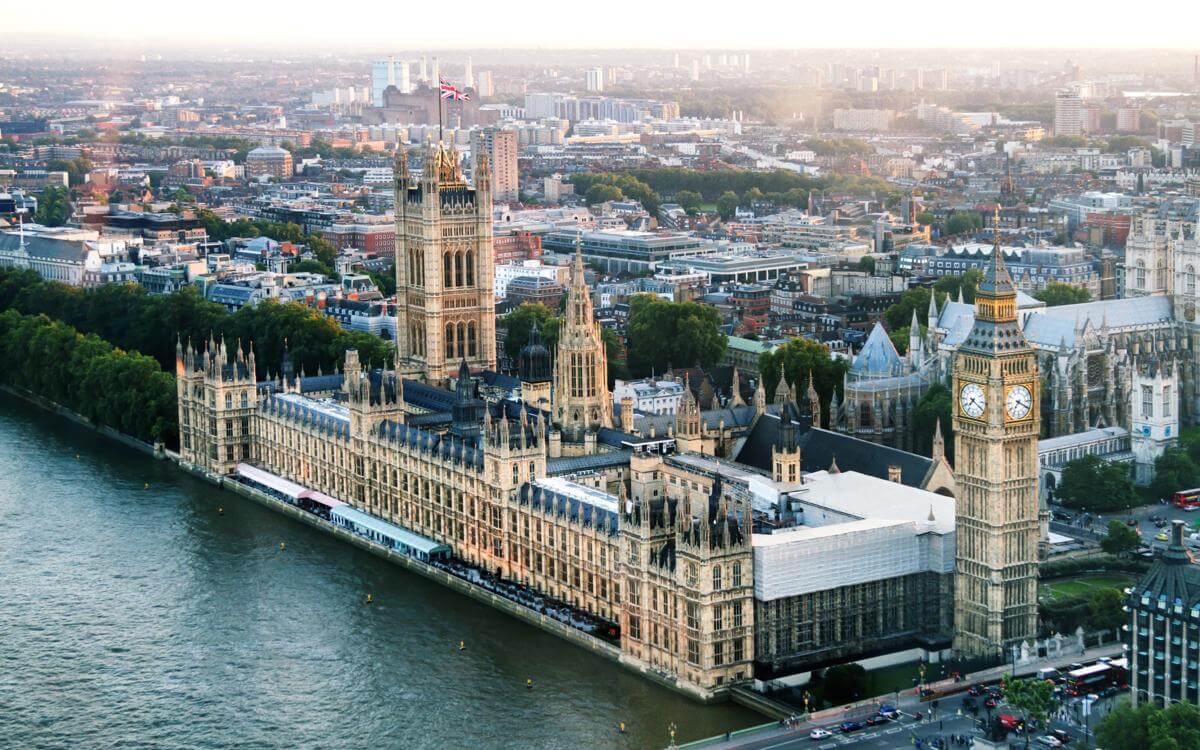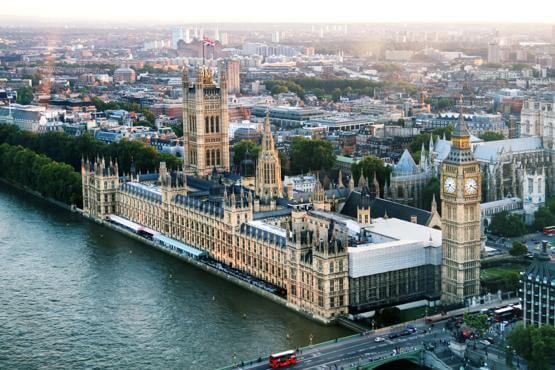This week marks one year since a new legal duty landed on every employer's desk across the UK, changing how organisations must tackle sexual harassment at work. Employers are now required to take 'reasonable steps' to prevent sexual harassment before it happens, rather than simply responding once it occurs.
It is important to note that sexual harassment in all forms was already unlawful under UK legislation. However, the Worker Protection (Amendment of Equality Act 2010) Act 2023 – formally introduced on 26 October 2024 – increased employer liability and placed greater emphasis on proactive prevention.
Signs of change
Early indicators suggest the new duty is having an impact. Between January and June 2025, the Advisory, Conciliation and Arbitration Service (Acas) received almost 5,600 calls about workplace harassment – a 39% increase on the same period the year before.
While it remains unclear whether the rise reflects more incidents occurring or greater confidence to report, it nevertheless points to an increased understanding of what constitutes sexual harassment and a workplace culture where people feel more able to speak up.
The scale of public interest is also notable. A 2024 analysis from CIPHR on discrimination and harassment in the workplace showed that 'harassment in the workplace' is Googled over 7,000 times a month on average, reflecting ongoing concern about the issue.
Enforcement powers and penalties
Behind these indicators sits a strengthened enforcement framework. Employment tribunals can now increase compensation awards by up to 25% where an employer has failed to take reasonable steps to prevent harassment, and the Equality and Human Rights Commission (EHRC) can enforce the duty directly – even before an incident has occurred.
While it is too early to accurately measure the full impact on tribunal outcomes, employers are being held to a higher standard and proactive prevention is now a key priority.
Enforcement in action: EHRC interventions
The EHRC hasn't been shy about using its enforcement powers. In 2025, Lidl GB entered a legally binding agreement with the body after a tribunal found it had failed to protect an employee from harassment between 2019 and 2021. Managers were unaware of anti-harassment policies, no risk assessments had been done, and action was only taken once complaints were made. Lidl has since introduced new training and risk assessments in consultation with the EHRC.
McDonald's has also faced scrutiny. Despite signing an EHRC agreement in 2023 in response to serious concerns about how the company handled sexual harassment complaints from its UK workforce, new allegations emerged this year. These prompted the regulator to contact all UK franchisees, providing clear guidance on what constitutes reasonable steps.
Both examples demonstrate the EHRC's willingness to step in where employers fail to meet their legal duties. They also highlight that regulatory enforcement is not just about responding to past complaints – it is increasingly about ensuring organisations take proactive, preventative measures. For employers, the message is clear: establishing robust policies, effective training and genuine risk management is essential to both protecting staff, and mitigating legal and reputational risk.
Legal boundaries of employer liability
As employers grapple with what reasonable steps means in practice, recent case law has clarified just how far their responsibilities extend.
The Employment Appeal Tribunal decision in AB v Grafters Group Ltd confirmed that employer liability for sexual harassment reaches beyond the physical workplace to work-related activities, even without direct knowledge or involvement. The case established that harassment can occur 'in the course of employment' when there is a sufficient connection between activities and work – including informal arrangements like work-related travel that the employer hadn't organised.
This judgment underscores that prevention measures must cover the full spectrum of work-connected activities: travel, social events, off-site meetings and any situation connected to employment, not simply what happens at work.
How employers are responding
For many employers, the past year has focused on putting strong foundations in place:
1. Policies and risk assessments
Anti-harassment policies have been reviewed or newly introduced. Risk assessments are becoming more targeted, addressing potential risks such as power imbalances, lone working and workplace social events involving alcohol.
2. Training
Quality varies, but the most effective programmes go beyond e-learning modules. Interactive sessions that cover real scenarios help staff understand what constitutes harassment, how to intervene as bystanders, and how to create a respectful workplace culture.
3. Reporting mechanisms
Anonymous reporting channels, independent helplines and clearer internal procedures for handling complaints are now far more common.
While some employers seem to focus on ‘tick-box’ compliance, the most effective understand that lasting improvement requires both robust policies and a genuine zero-tolerance culture.
The public sector perspective
In the public sector, the new duty has had limited visible impact, largely because many of the required measures were already in place.
The government sector, for example, had long implemented the workplace measures mandated by the duty through equality impact assessment obligations, a pattern that extends across education and healthcare, where strong frameworks and regulatory oversight are well established. Notably, the NHS signed the Sexual Safety in Healthcare Charter in September 2023 – a full year before the new duty came into force.
Changes in higher education
In higher education, regulation has gone further. On 1 August 2025, the Office for Students (OfS) introduced condition E6, placing new obligations on universities to prevent harassment between staff and students. The OfS has even proposed a potential ban on lecturer–student relationships, arguing that institutions failing to address power imbalances could face financial penalties.
However, procedures alone do not always translate into cultural change. The Panorama investigation into misconduct within the Metropolitan Police and recent allegations concerning BBC presenter Gregg Wallace both highlight that inappropriate behaviour and abuse of power can still surface even in heavily regulated or high-profile organisations. These examples also show that people are speaking out more about harassment, discrimination and abuse that might previously have gone unreported.
The private sector picture
While workplace sexual harassment occurs across all sectors, a 2025 report from Unite the Union found that the private sector reported higher levels of incidents. The report focused on harassment experienced by women, though harassment is not limited to them. Industries with particularly high levels included construction, civil air transport, passenger transport, food, drink and agriculture, road transport, and warehousing and logistics. However, many incidents went unreported, with victims fearing they wouldn't be believed or that their jobs would be at risk.
The Financial Conduct Authority
In the financial sector, the Financial Conduct Authority (FCA) has shown itself to be increasingly concerned about non-financial misconduct. A new Code of Conduct (COCON) rule, likely to come into effect September 2026, defines non-financial misconduct as conduct that has the purpose or effect of:
- Violating an employee’s dignity.
- Creating an intimidating, hostile, degrading, humiliating or offensive environment for the employee.
- Conduct that is violent to the employee.
The definition is broader than the protections in the Equality Act 2010 as it goes beyond the protected characteristics in the legislation.
One insight from an associate in our team highlighted that young people, predominantly women, are particularly vulnerable to workplace sexual harassment. This may reflect generational attitudes as much as prevalence: younger workers are more likely to call out misconduct that older leaders may have tolerated or dismissed when they were starting their careers. It's not necessarily that harassment is happening more – but that silence is being broken.
When the duty came into force in 2024, our lawyers and HR advisors observed a clear surge in requests for training and guidance across the private sector, although that momentum has since slowed. In some industries, a culture persists of downplaying inappropriate behaviour as humour. Many employers only recognised cultural issues once concrete examples were discussed in training. This awareness is a crucial first step, as addressing harassment effectively requires not only robust policies and procedures but also a genuine shift in workplace culture, led from the top.
What's next?
The Employment Rights Bill, currently progressing through Parliament, will further increase employer obligations. Key provisions include:
- Whistleblowing protections: From April 2026, reporting sexual harassment will be explicitly covered under whistleblowing legislation, giving employees greater confidence to speak up.
- "All reasonable steps" duty: By October 2026, the legal duty will extend from taking "reasonable steps" to "all reasonable steps", significantly increasing what is expected of employers.
- Non-disclosure agreements (NDAs): Employees who are subject to harassment or discrimination will no longer be silenced by NDAs, ensuring victims can speak out and make protected disclosures.
One year on
A year after the new duty took effect, the picture is mixed – but there are clear signs of change. Conversations about sexual harassment are becoming more open, and more incidents are being reported – though this likely reflects greater willingness to come forward rather than an increase in harassment itself.
Expectations are rising. With the EHRC monitoring compliance and further reforms on the way, employers can no longer rely on reactive approaches alone.
Those who move beyond legal compliance to create genuinely respectful workplaces will not only mitigate risk but also build stronger, more inclusive cultures where everyone feels valued and able to do their best work.
How we can support you
At Browne Jacobson, our employment law team can help employers strengthen their approach to preventing workplace harassment. We provide policy reviews and updates, bespoke training programmes, risk assessments and ongoing legal guidance to ensure full compliance with your statutory duties.
We also offer a Preventing Sexual Harassment at Work Toolkit, which includes practical guidance for employers on meeting their legal obligations, along with a model policy, staff survey and risk assessment templates to help embed effective and lasting change.
Contact

Laura Chinyere-Ezeh
HR Consultant
laura.chinyere-ezeh@brownejacobson.com
+44 (0)330 045 1104

Raymond Silverstein
Partner
raymond.silverstein@brownejacobson.com
+44 (0)207 337 1021








































